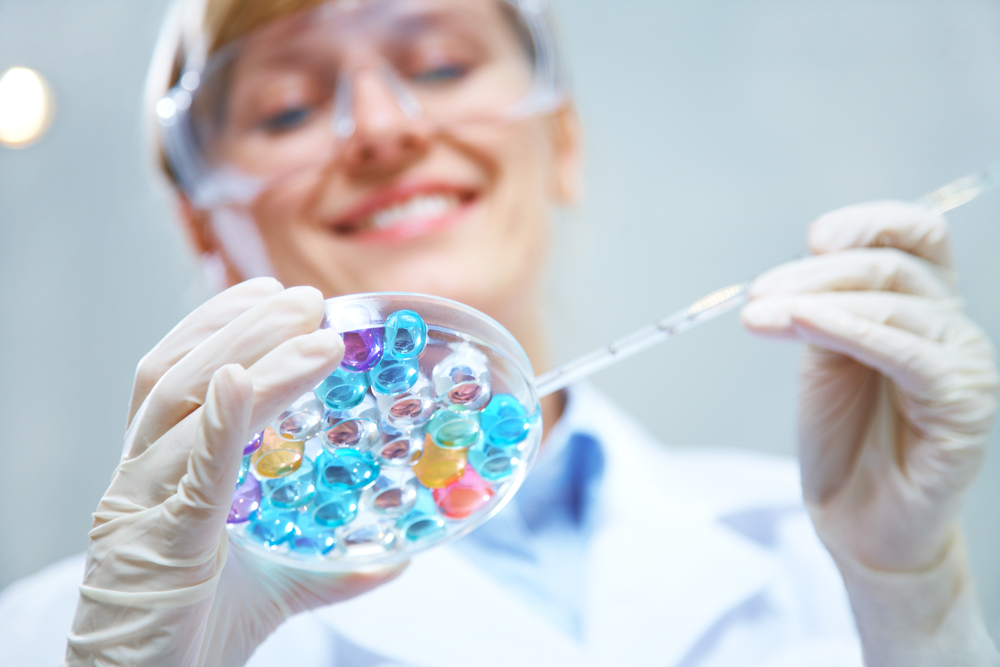Fueling Your Microbiome

When viewing stars in the evening sky, you may have awareness that there’s a vast world of stars shining beyond what you see. Like the evening sky, our bodies reveal a limited number of cells, and just behind our skin there’s a vast network of blood vessels, muscle, bone and organ systems totaling about one trillion cells. As impressive as our trillion cells are, our bodies coexist with an even larger number of cells. This constellation of cells is known as the human microbiome, and it consists of 10 trillion cells – outnumbering our body cells 10 to one. Some scientists are now considering these symbiotic cells a human organ that exists on and in our bodies, and without them – we could not exist.
The diverse microbial cells help us digest food, produce vitamins (some B-vitamins, and vitamin K), boost immune function and regulate our appetite - to name a few. Scientists are currently studying the myriad of ways the microbes help us maintain and protect our health. In 2007, the National Institute of Health launched the Human Microbiome Project to better understand the human microbiota communities. Recently, scientists have made some important observations about the types of bacterial species found throughout our bodies; one being that people with metabolic syndrome have lower levels of certain bacteria. Another is that women with higher body fat, when giving birth, have fewer bacterial species present in breast milk. This is important because newborns are born with a nearly sterile digestive tract, and the broader, diverse microorganisms (over 700 types within breast milk) populate the gastrointestinal tract, strengthening the immune system, and aiding in food digestion.
Ten percent of premature babies are born with a potentially fatal condition (15-30% mortality) called necrotizing enterocolitis, where the intestine can become lethally inflamed. It’s the baby’s intestinal microbiome that keeps the inflammation in check, and it’s the critical role of microbes to populate and protect the baby’s vulnerable digestive tract.
In a world where we are trying to keep the bad microbes out via hand-sanitizers, we’re also told to wash our food and sometimes remove peels to avoid pesticide exposure. In doing so, we remove some of microbes humans have relied on for eons to maintain health. These ubiquitous microbes are the oldest living life forms on the planet – and have been around about 3 billion years. Yet, it’s still prudent to wash and clean your food, and fortunately there are other ways to healthfully boost your “good” microbial community beyond taking a probiotic supplement.
Microbiome boosting foods, like yogurt “with added active (microbial) cultures,” are easy to include. However, they only add about two to six different types of microbes, when there are thousands of species existing in our biome. You can also include fermented foods like sauerkraut, miso soup, tempeh, kefir, and/or kim chi to help reinforce your microbiome. You can also give your body a microbiome boost with prebiotics. Prebiotics are fibers that the microbes use for fuel and growth. By consuming a wide variety of fibers (polysaccharides) from whole grains, fruits, vegetables, legumes, skin-on potatoes, nuts, and seeds, you’ll provide an abundant supply of fuel for your microbiome. Additionally, prebiotic fibers nourish your large intestine and reduce inflammation. Ensuring that your food intake includes a wide variety of fibrous foods also supplies your body with vitamins, minerals, phytonutrients and helps you maintain a healthy body - and like the stars, you can maintain a healthy shine from skin to intestine.
